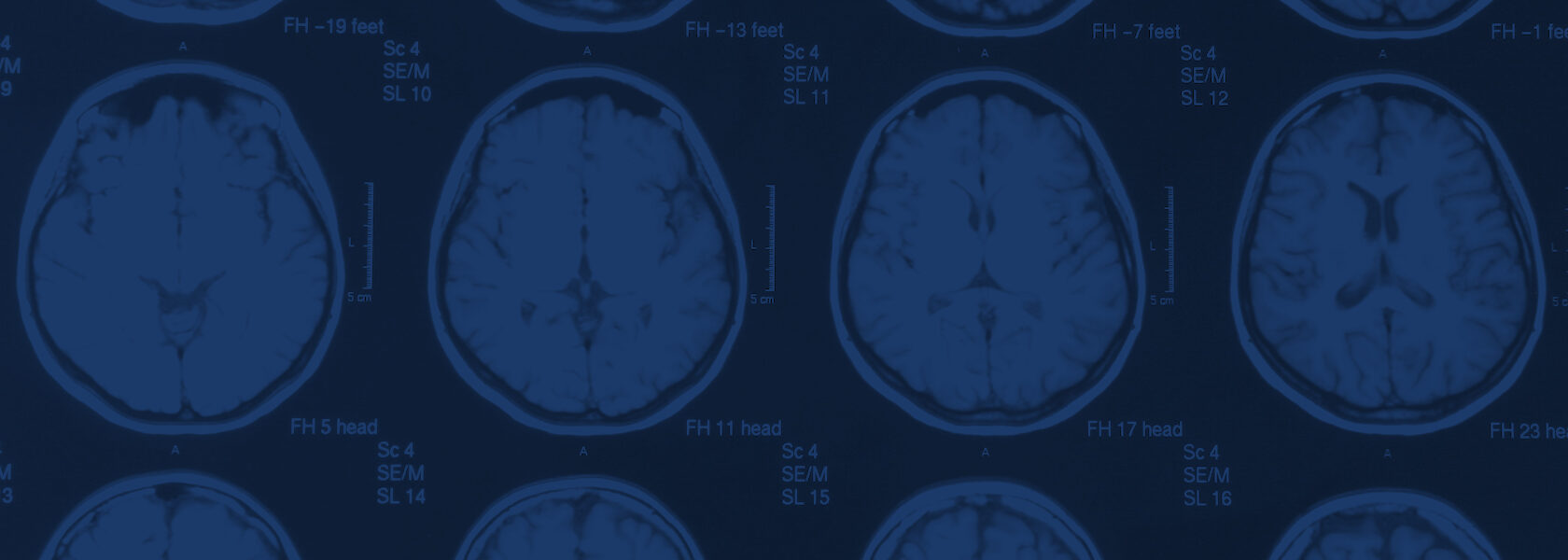How to Download the Data?
Because the data are extensive, we recommend downloading selectively using theawscli tool.
The awscli tool can be installed usingpip:
pip install awscli.
Example 1: Download only raw T1w scans (NIMF4)
aws s3 sync --no-sign-request s3://openneuro.org/dsXXXXXX /your/output/dir \
--exclude "*" --include "sub-*/anat/*T1w.nii.gz"
The --exclude "*" part ensures all files are ignored except those matching the --include filter.
Example 2: Download only fMRIPrep-preprocessed MFV BOLD files (MNI space)
aws s3 sync --no-sign-request s3://openneuro.org/dsXXXXXX /your/output/dir \
--exclude "*" --include "derivatives/fmriprep/sub-*/func/*task-mfv*space-MNI*desc-preproc_bold.nii.gz"
Example 3: Download metadata only (participants.tsv)
aws s3 sync --no-sign-request s3://openneuro.org/dsXXXXXX /your/output/dir \
--exclude "*" --include "participants.tsv"
BIDS Organization
All MOFOMIC datasets follow the Brain Imaging Data Structure (BIDS) standard. Both raw and fMRIPrep-preprocessed derivatives are included for each participant. Each dataset (NIMF1–NIMF4) is organized into participant-specific folders containing structural, diffusion, and functional data, as well as task event files and metadata.
Example folder hierarchy for a single participant (NIMF3 dataset):
sub-001
├── anat
│ ├── sub-001_T1w.json
│ └── sub-001_T1w.nii.gz
├── func
│ ├── sub-001_task-MFV_bold.json
│ ├── sub-001_task-MFV_bold.nii.gz
│ ├── sub-001_task-MFV_events.tsv
│ └── sub-001_task-MFV_physio.tsv.gz
├── dwi
│ ├── sub-001_dwi.bval
│ ├── sub-001_dwi.bvec
│ └── sub-001_dwi.nii.gz
└── fmap
├── sub-001_dir-AP_epi.nii.gz
└── sub-001_dir-PA_epi.nii.gz
Preprocessed data are located within thederivatives/fmriprep directory, containing anatomical reconstructions, confound regressors, and MNI152NLin2009cAsym-normalized outputs.
derivatives/fmriprep/sub-001
├── anat
│ ├── sub-001_desc-preproc_T1w.nii.gz
│ ├── sub-001_space-MNI152NLin2009cAsym_desc-brain_mask.nii.gz
│ └── sub-001_desc-aseg_dseg.nii.gz
└── func
├── sub-001_task-MFV_space-MNI152NLin2009cAsym_desc-preproc_bold.nii.gz
├── sub-001_task-MFV_desc-confounds_regressors.tsv
└── sub-001_task-MFV_boldref.nii.gz
Each dataset includes a participants.tsv file containing demographic, psychometric, and behavioral variables, as well as accompanying task-* JSON sidecar files that describe acquisition parameters and event timing.







